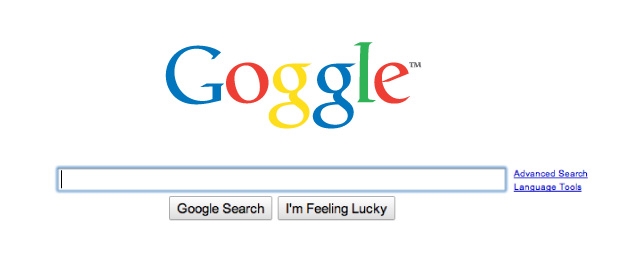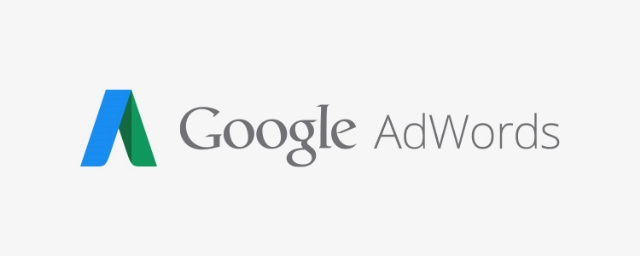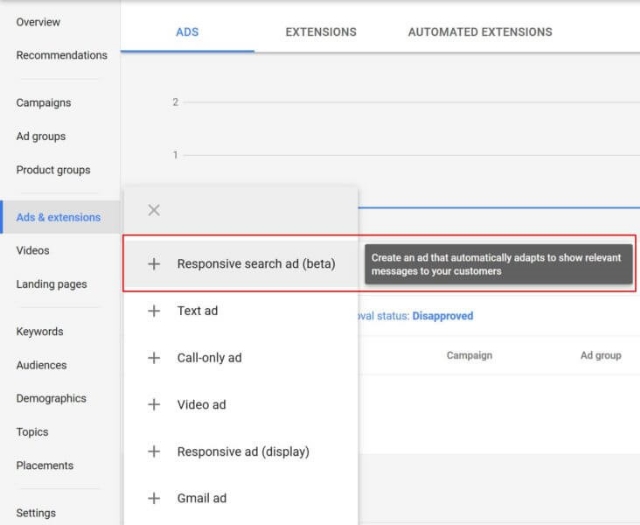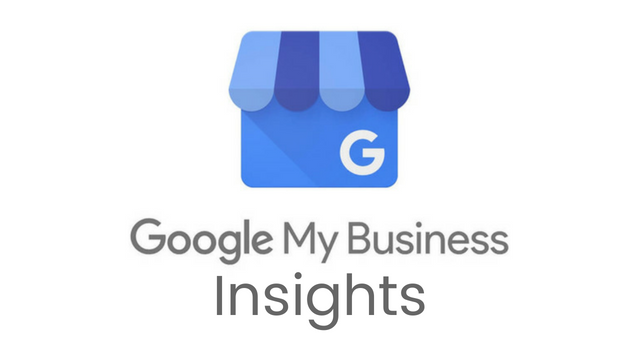
Google My Business is adding new Insights showing how Posts from businesses are doing. This means you can now monitor your Posts and see what type of content works best for the unique placement.
For those unfamiliar, Posts are a feature of Google My Business which allow businesses to create social media-like content and highlight it within their GMB listing. As posts only last for 7 days, they are a great place for letting customers know about special short-term promotions and sales.
The new Insights for GMB Posts were announced by a GMB Community Manager who said:
“We’re excited to announce that we’re launching a new summary view of your Post Insights! Post Insights help you better understand how your posts perform with potential customers.”
The Insights are available within the Posts tab on the GMB dashboard and provide details for individuals posts or all posts from the last week or month.
Post Insights include data on the number of views and clicks you’ve received, as well as how those metrics have changed time.
It should be noted, however, that GMB will not show any percent change in the summary if any of the following issues exist:
- Your posts received 0 views.
- You haven’t made any posts.
- Your percentage change is over 99.99%.
The new Google My Business Post Insights are available to everyone with a GMB listing on a desktop browser or through the mobile version of the website. It has not been rolled out to the GMB yet, though.


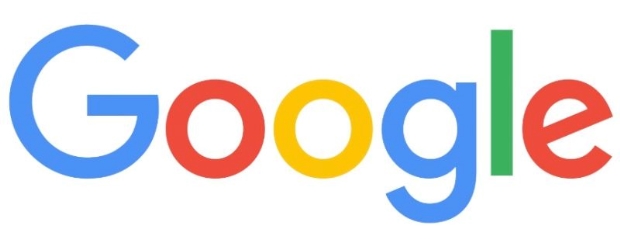 Business owners can now see exactly what search terms people are using to find their Google My Business listings with Search Query Insights, giving you an opportunity to see where your listing is succeeding and what areas may need to be better optimized.
Business owners can now see exactly what search terms people are using to find their Google My Business listings with Search Query Insights, giving you an opportunity to see where your listing is succeeding and what areas may need to be better optimized.




